Aeronautics Projects
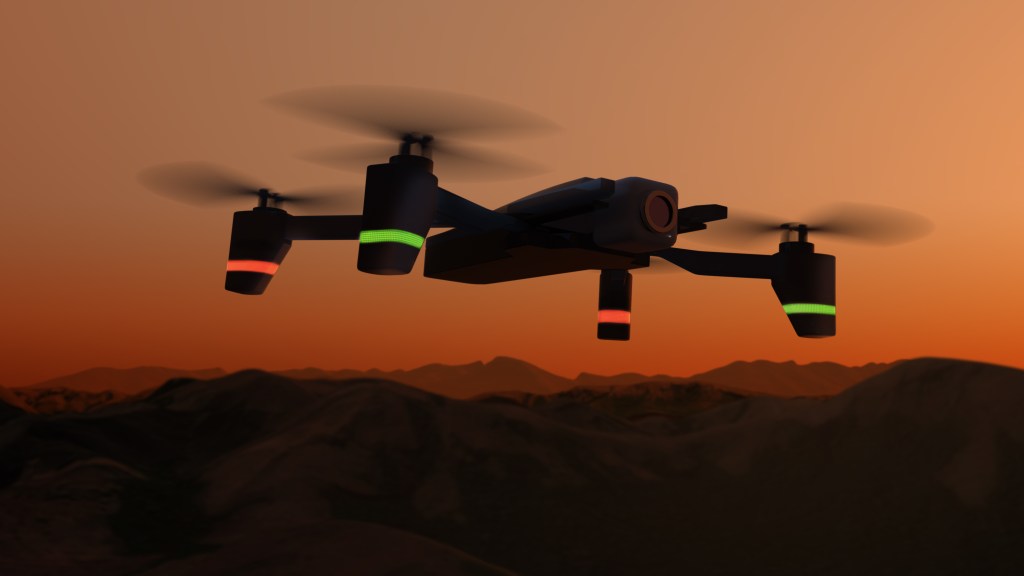
Advanced Capabilities for Emergency Response Operations (ACERO)
NASA’s Advanced Capabilities for Emergency Response Operations (ACERO) project – led by the agency’s Ames Research Center in Silicon Valley, California – is using drones and advanced aviation technologies to improve wildland fire coordination and operations.
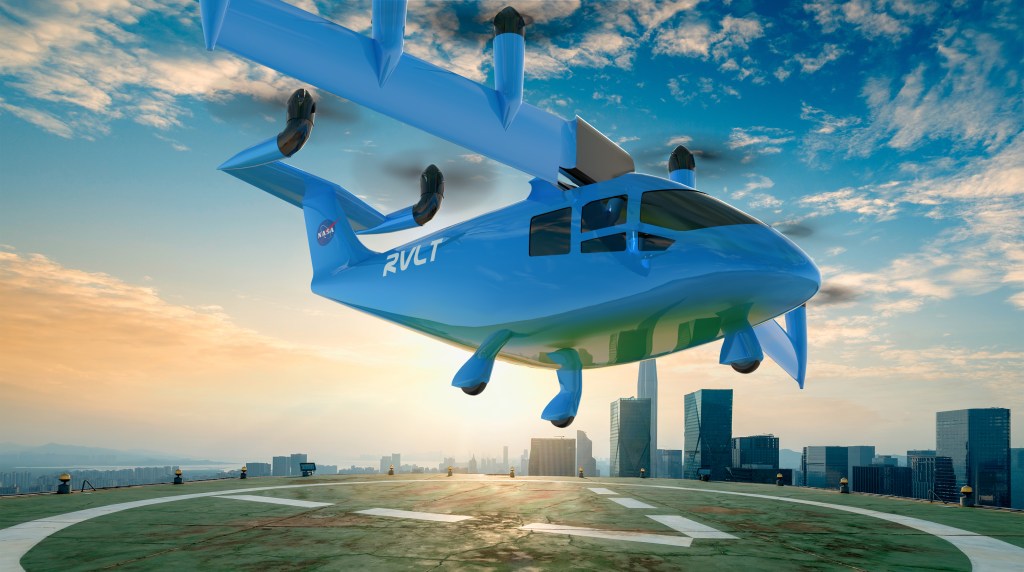
Air Mobility Pathfinders (AMP)
The Advanced Air Mobility (AAM) project is working across the Aeronautics Research Mission Directorate (ARMD) to develop and implement an integrated plan for enabling Emerging Aviation Markets (EAM). This work has an initial focus of Urban Air Mobility (UAM) operations such as an air taxi network.
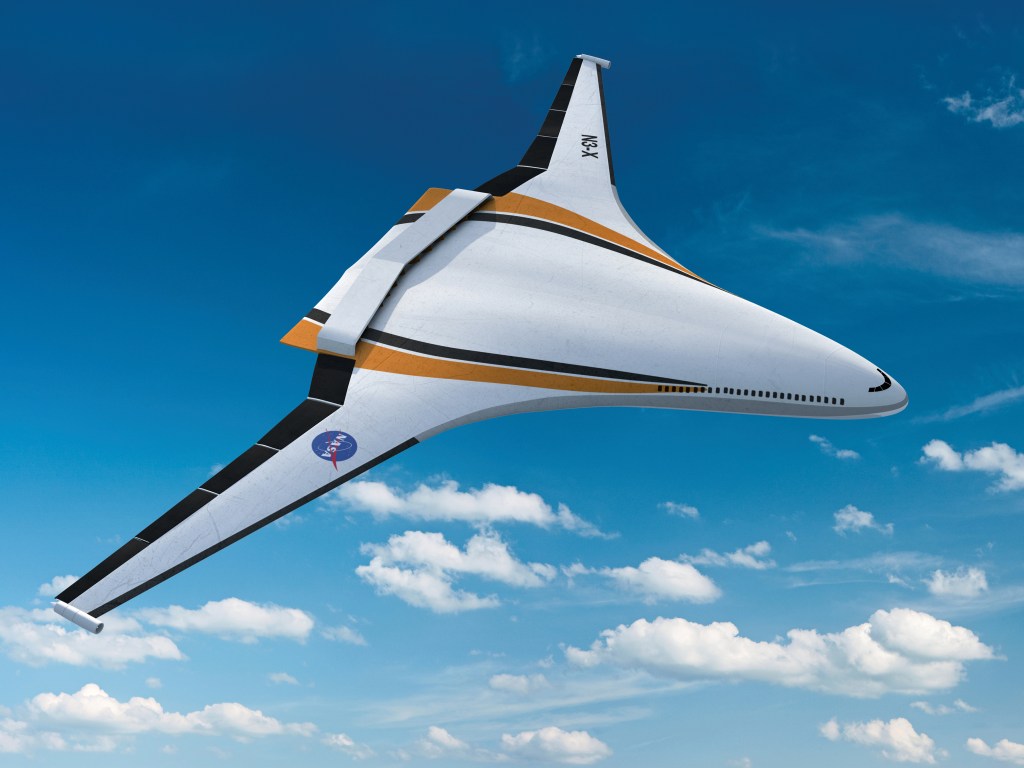
Advanced Air Transport Technologies (AATT)
The Advanced Air Transport Technology (AATT) project explores and develop technologies and concepts to enable energy efficiency and environmental compatibility for advanced fixed-wing transport aircraft.
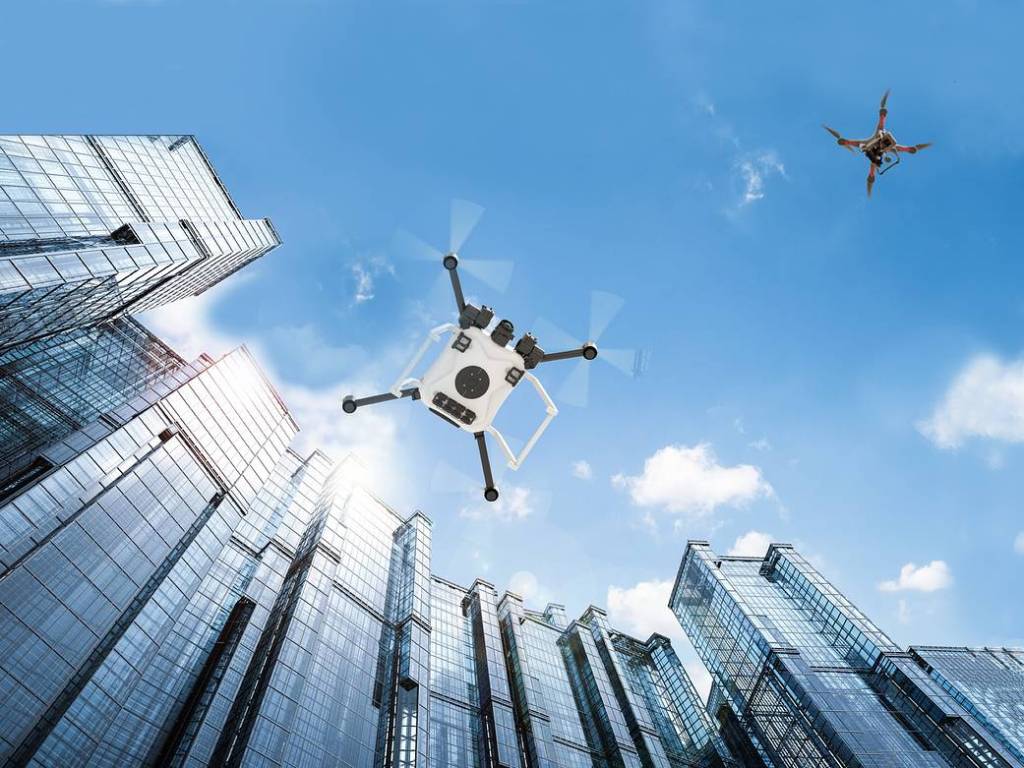
Air Traffic Management Exploration (ATM-X)
The Air Traffic Management Exploration (ATM-X) project is working towards integrating new, diverse entrants into the National Airspace System (NAS) while transforming the existing air traffic management system to safely accommodate the growing demand of new air vehicles to enter the airspace to perform a variety of missions.

Convergent Aeronautics Solutions (CAS)
The Convergent Aeronautics Solutions (CAS) project conducts short-duration research activities to establish early-stage concepts with a high potential to solve key barriers associated with large-scale aeronautics problems. <br>Editor's note: This project has concluded. This content is being kept online for historical purposes, but is no longer being updated.
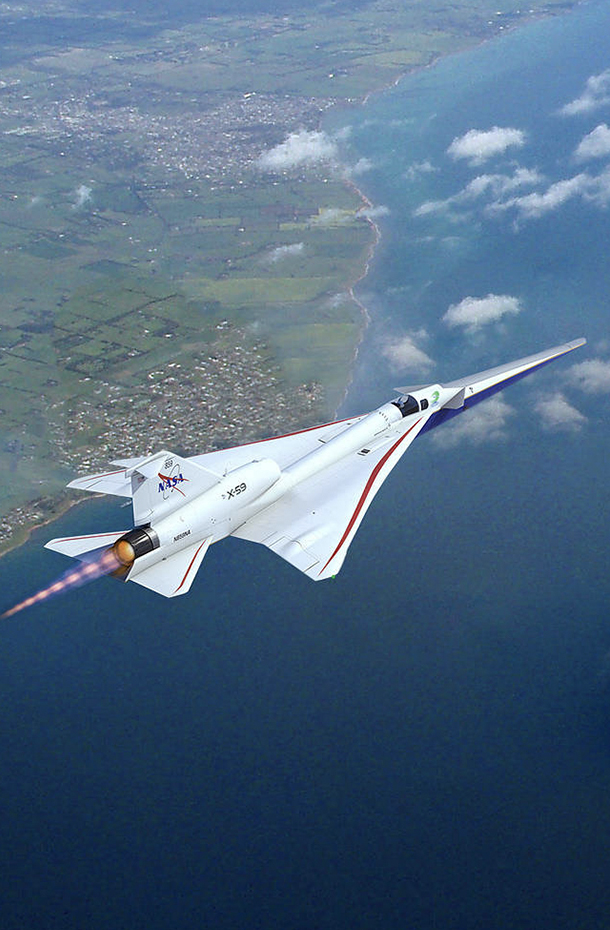
Low-Boom Flight Demonstration (LBFD)
The Low-Boom Flight Demonstration (LBFD) project seeks to make supersonic flight over land possible, dramatically reducing travel time anywhere in the world through the design and build of a piloted, large-scale supersonic X-plane with technology that reduces the loudness of a sonic boom to that of a gentle thump.

Revolutionary Vertical Lift Technology (RVLT)
The Revolutionary Vertical Lift Technology (RVLT) project focuses on capitalizing and improving unique vertical capabilities to greatly benefit the nation’s growing civil flight requirements.

System-Wide Safety (SWS)
The System-Wide Safety (SWS) project enables the safe transformation of aviation to make flight more efficient and accessible through innovative technologies, by developing tools and methodologies to help certify increasingly autonomous systems, and improving the human ability to monitor them.

Transformational Tools and Technologies (TTT)
The Transformational Tools and Technologies (TTT) project develops state-of-the-art computational and experimental tools and technologies to advance the prediction of future aircraft performance in flight, such as first-of-a-kind tools that isolate the complex turbulent airflow around vehicles and within propulsion systems.

University Leadership Initiative (ULI)
The University Leadership Initiative (ULI) is establishing a new type of interaction between NASA and the university community in which American universities build their own teams and set their own research paths to support NASA aeronautics and U.S. commercial aviation.

Airspace Technology Demonstration (ATD)
Editor's note: This project has concluded. This content is being kept online for historical purposes, but is no longer being updated.
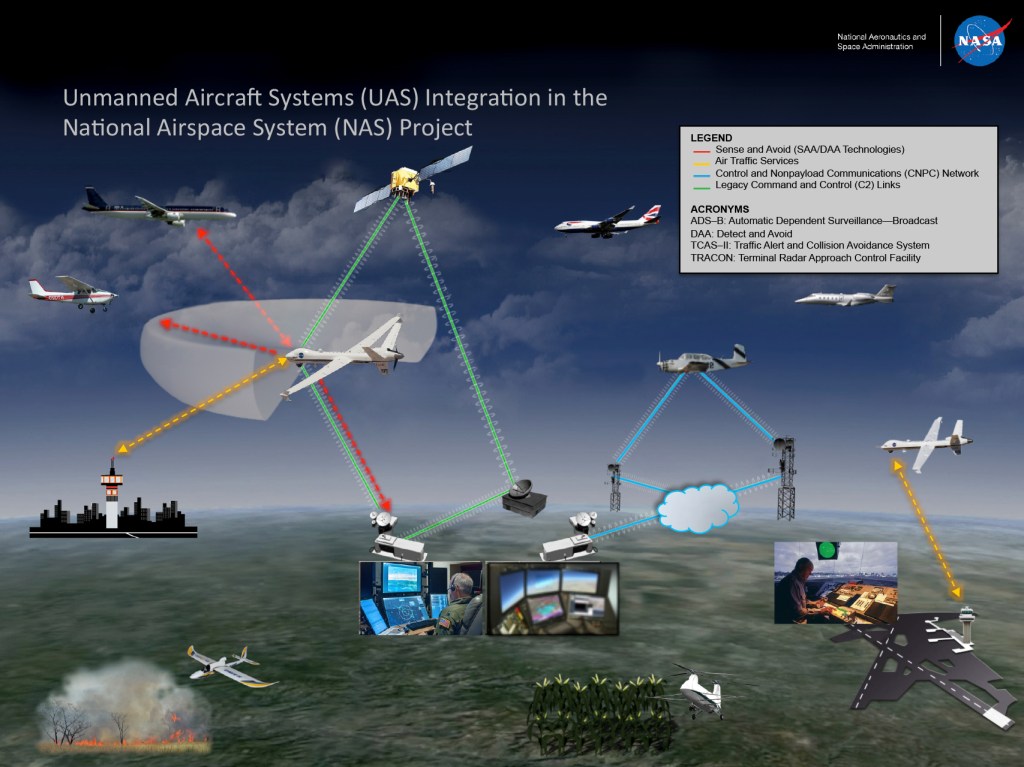
Unmanned Aircraft Systems in the National Airspace System (UAS Integration in the NAS)
Editor's note: The UAS in the NAS project was concluded in September 2020. This material is being kept online for historical purposes, but it will no longer be updated as of May 5, 2021.
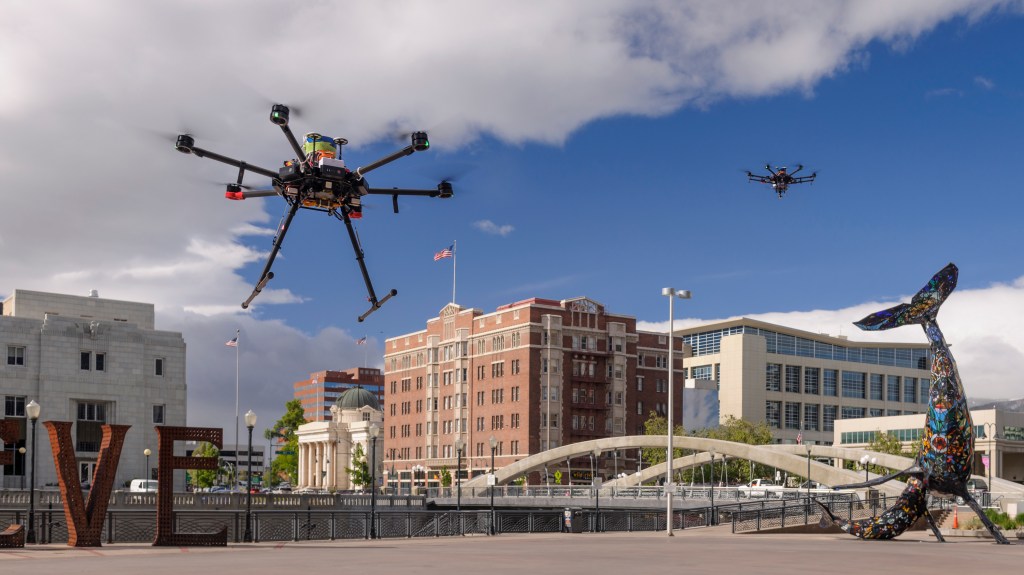
Unmanned Aircraft System Traffic Management (UTM)
Editor's note: This project has concluded. This content is being kept online for historical purposes, but is no longer being updated.



























